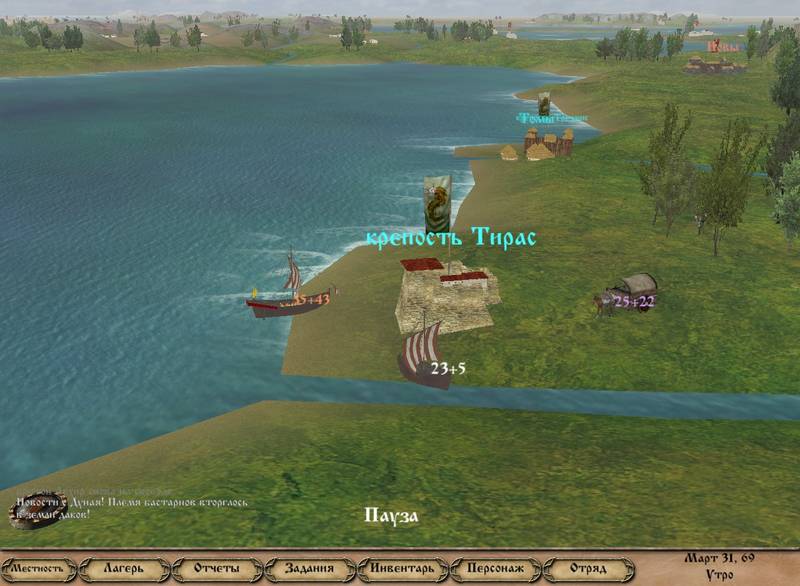

The auxilia were organised in units about 500 strong. In addition to large numbers of heavy infantry equipped in a similar manner to legionaries, the auxilia provided virtually all the army's cavalry, light infantry, archers and other specialists. To complement the legions, Augustus established the auxilia, a regular corps of similar numbers to the legions, recruited from the peregrini or non-citizen inhabitants of the empire, who constituted about 90% of the Empire's population in the 1st century. (Conscription was only decreed in emergencies.) In the later 1st century, the size of a legion's First Cohort was doubled, increasing the strength of a legion to about 5,500. Under the founder–emperor Augustus (ruled 30 BC – AD 14 ), the legions, which were formations numbering about 5,000 heavy infantry recruited from Roman citizens only, were transformed from a mixed conscript and volunteer corps serving an average of 10 years, to all-volunteer units of long-term professionals serving a standard 25-year term.

The Imperial Roman army is the term commonly used to denote the standing forces deployed by the Roman Empire during the Principate era (30 BC – AD 284). Roman infantry helmet (Imperial Gallic type).


 0 kommentar(er)
0 kommentar(er)
